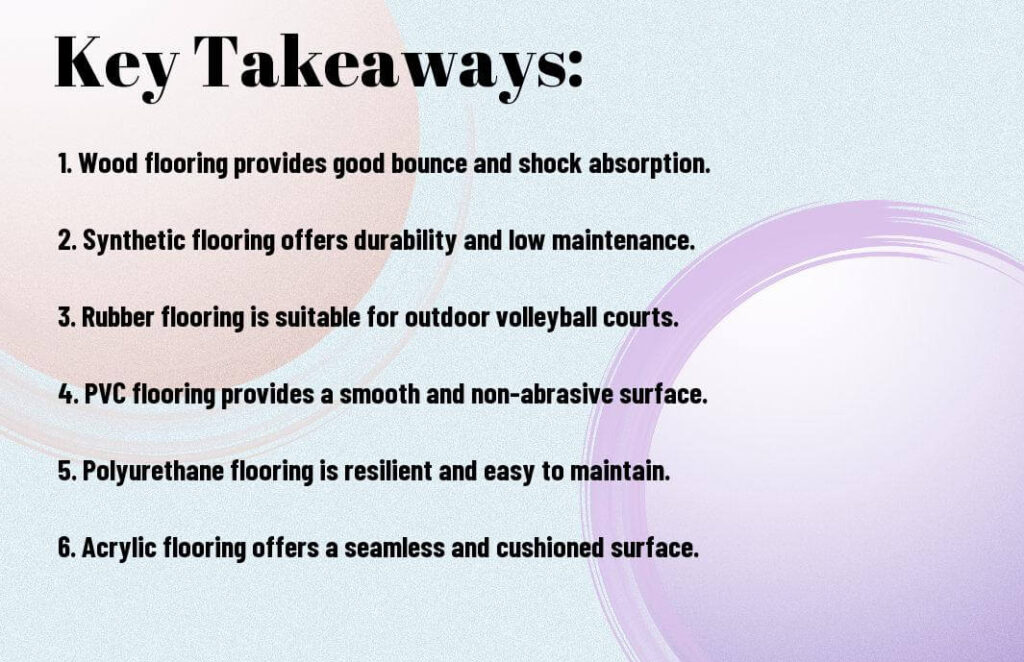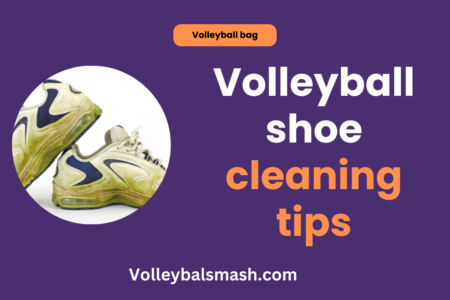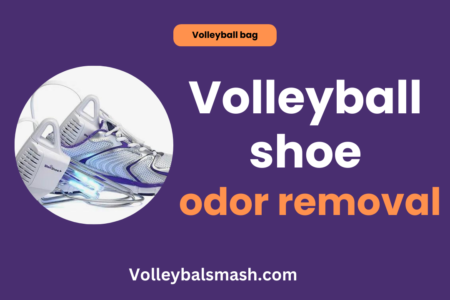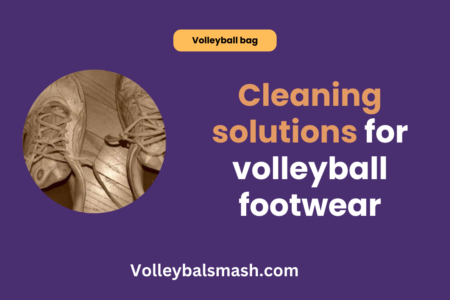Are you considering building a volleyball court and want to know what flooring material to use? The most common materials used for volleyball court flooring include wood, synthetic flooring, and natural grass. Each material has its advantages and disadvantages, so it’s important to consider factors such as cost, maintenance, and performance when making your decision. In this blog post, we will explore the various materials used for volleyball court flooring and help you make an informed choice for your project.
Key Takeaways:
- Hardwood: Hardwood is the most common material used for indoor volleyball court flooring. It provides excellent shock absorption and ball response, making it ideal for competitive play.
- Court Tiles: Court tiles made of polypropylene or other durable materials are often used for outdoor volleyball courts. These interlocking tiles provide a stable and impact-absorbing surface suitable for outdoor play.
- Sand: Beach volleyball courts are typically made of sand, which provides a soft and forgiving surface for players diving and jumping. It’s important to maintain the right consistency and depth of sand for safety and playability.

Different Types of Materials for Volleyball Court Flooring
Some materials commonly used for volleyball court flooring include:
- Wood
- Polyurethane
- Vinyl
These materials vary in terms of durability, resilience, and cost. For more detailed information on indoor court flooring options, you can refer to this Indoor Court Flooring FAQ | Volleyball Flooring | Basketball …
Wood Floors: A Traditional Choice
Wood has been a traditional choice for volleyball court flooring due to its natural and classic look. It provides a firm and resilient surface, making it ideal for competitive play. However, it is important to maintain wood floors properly to prevent warping and damage from moisture.
Polyurethane Floors: A Durable and Resilient Option
Polyurethane floors are known for their durability and resilience, making them a popular choice for volleyball court flooring. They offer excellent shock absorption and impact resistance, ensuring a safe and comfortable playing surface. Additionally, polyurethane floors are easy to maintain and clean, making them a practical option for indoor courts.
Vinyl Floors: An Economical Alternative
Vinyl flooring is an economical alternative for volleyball courts. It is easy to install and low maintenance, making it a cost-effective choice for recreational facilities. Vinyl floors also offer good shock absorption and slip resistance, ensuring a safe and enjoyable playing experience. However, they may not be as durable as other materials and may require replacement sooner.
The Pros and Cons of Each Material
However, before making a decision about the flooring material for your volleyball court, it’s important to consider the pros and cons of each option. Below, you’ll find a detailed breakdown of the advantages and disadvantages of wood, polyurethane, and vinyl flooring for volleyball courts. For more information on volleyball court flooring, you can visit this Volleyball Court Flooring site.
| Material | Pros and Cons |
| Wood | Provides excellent traction and ball response, but requires regular maintenance to prevent warping and splintering. |
| Polyurethane | Durable and shock-absorbing, but can be expensive and may require professional installation. |
| Vinyl | Easy to clean and maintain, but may not offer the same level of performance as other materials. |
Comparative Analysis of Wood, Polyurethane, and Vinyl
When comparing wood, polyurethane, and vinyl for volleyball court flooring, it’s important to consider the specific advantages and disadvantages of each material. Here’s a breakdown of the key factors:
| Factors | Wood | Polyurethane | Vinyl |
| Performance | Excellent traction and ball response | Durable and shock-absorbing | Potentially lower performance |
Factors Influencing Choice: Cost, Durability and Maintenance
When deciding on the flooring material for your volleyball court, there are several key factors that will influence your choice. These include cost, durability, and maintenance. For example, wood flooring may offer superior performance, but it can be more expensive to install and require ongoing maintenance to keep it in top condition. On the other hand, vinyl flooring may be more cost-effective and easier to maintain, but it might not offer the same level of performance or durability. Recognizing these factors can help you make an informed decision based on your specific needs and budget.
- Cost: Consider the initial installation cost as well as long-term maintenance expenses.
- Durability: Evaluate the lifespan of each material and its resistance to wear and tear.
- Maintenance: Think about the level of upkeep required to keep the flooring in optimal condition.
Installation and Maintenance of Volleyball Court Flooring
Now that you have chosen the perfect flooring material for your volleyball court, it is important to properly install and maintain it to ensure its durability and safety for players. Whether you have opted for hardwood, synthetic, or sand-based flooring, the installation process and ongoing maintenance will significantly impact the performance and lifespan of your volleyball court.
Basic Steps in Installation of Different Flooring
When it comes to installing different types of volleyball court flooring, the basic steps may vary depending on the material chosen. For hardwood flooring, the process typically involves preparing the subfloor, installing the planks, sanding, sealing, and painting the surface. On the other hand, synthetic flooring often involves laying down the base layer, applying the top layer, and ensuring proper adhesion and finishing. Sand-based flooring requires leveling the ground, adding a geotextile layer, and pouring sand to the specified depth. No matter the type of flooring, it is crucial to follow manufacturer guidelines and seek professional assistance to ensure a high-quality installation.
Proper Maintenance and Care of Volleyball Court Floors
Maintaining and caring for your volleyball court flooring is essential to ensure its longevity and safety. Regular cleaning, sweeping, and mopping are necessary to remove dust, dirt, and moisture. It is also important to inspect the flooring for any signs of wear and tear, such as scratches, dents, or loose areas. Additionally, for hardwood and synthetic flooring, it is recommended to periodically reseal, refinish, or resurface the surface to maintain its performance and appearance. Proper maintenance not only extends the lifespan of the flooring but also minimizes safety hazards and ensures a consistent playing surface for volleyball matches. In conclusion, the installation and maintenance of volleyball court flooring are critical aspects that directly impact the performance and durability of the playing surface. By following the basic installation steps and implementing proper maintenance practices, you can ensure that your volleyball court flooring remains in top condition, providing a safe and reliable environment for players. Remember to always prioritize safety and quality, as these are the cornerstones of an exceptional volleyball court experience. Ignoring proper installation and maintenance procedures can lead to safety hazards and premature deterioration of the flooring, ultimately affecting the quality of gameplay.
Conclusion
Drawing together all the information we’ve discussed, you now have a clear understanding of the materials used for volleyball court flooring. Whether it’s professional indoor courts or outdoor sand courts, each type of flooring requires specific materials to ensure safety, performance, and durability. From hardwood to synthetic surfaces, the choice of materials plays a crucial role in creating the perfect playing environment for volleyball. Remember to consider factors such as shock absorption, traction, and maintenance when selecting the right flooring for your volleyball court.
FAQ
What materials are commonly used for volleyball court flooring?
Volleyball court flooring is most commonly made from hardwood, sport tiles, or synthetic surfaces. Hardwood is traditional and provides a consistent ball bounce. Sport tiles are durable and can withstand heavy impact, while synthetic surfaces offer lower maintenance and are typically more cost-effective.
What are the advantages of using hardwood for volleyball court flooring?
Hardwood flooring offers excellent ball response and is preferred for its classic look. It provides consistent and reliable ball bounce, making it a top choice for competitive play. Additionally, hardwood can be sanded and refinished to maintain its appearance and performance over time.
Are there any special considerations when choosing volleyball court flooring materials?
When selecting volleyball court flooring materials, it’s important to consider factors such as shock absorption, slip resistance, and long-term maintenance. The chosen material should provide players with a stable and safe surface to play on, while also being able to withstand the wear and tear of regular use. Additionally, the cost and installation requirements of the flooring materials should also be taken into account.



